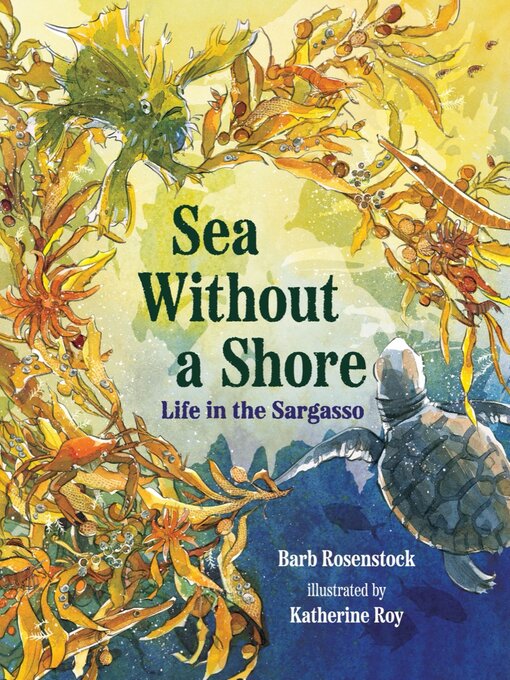A single piece of seaweed buoys a fascinating ecosystem in this nonfiction picture book from award-winning creators Barb Rosenstock and Katherine Roy.
From bryozoans and snails to shrimps, eels, swordfish, and whales, the Sargasso Sea provides a home to countless types of marine life, thanks to the prevalence of macroalgae called sargassum. Following a single blade of this extraordinary seaweed as it grows and spreads, readers see what it provides for the sea's organisms: a base for hydroids and tube worms to filter and feed, shelter for anemones and nudibranchs and their nutritious waste, hunting grounds for crabs and amphipods, and a source of nourishment and protection for the fish, birds, whales, and reptiles that feed on these smaller creatures.
Through a widening scope on this intricate interdependence, Barb Rosenstock celebrates one of our planet's most diverse and important ecosystems and the unassuming seaweed that sustains it. Gorgeously illustrated with Katherine Roy's rich, eye-catching artwork, Sea Without a Shore is as fluid and rhythmic as the currents that shape this tidal home.




